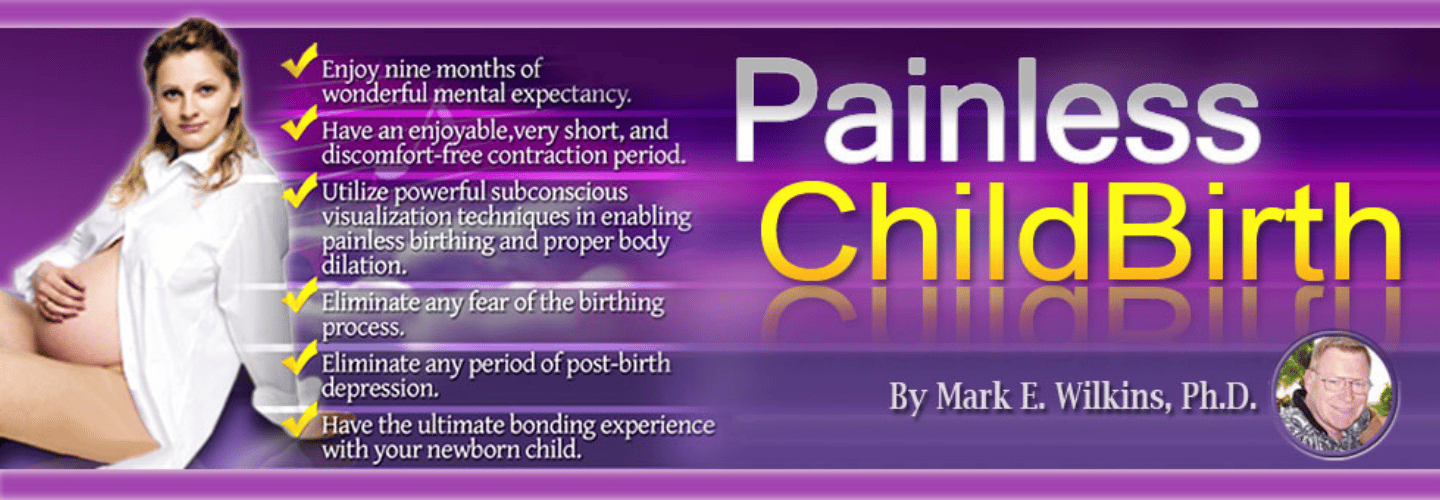
Hypnobirthing offers a peaceful approach to childbirth, utilizing techniques like relaxation, visualization, and self-hypnosis to enhance the experience. These methods aim to reduce anxiety and pain, leading to an almost effortless labor process. Many women report shorter delivery times and less need for medical intervention. By equipping mothers with tools to control discomfort and stress, hypnobirthing empowers a more serene birthing journey. For deeper insights into its transformative effects, further exploration can reveal valuable perspectives.
Key Takeaways
- Utilize relaxation techniques to minimize stress and anxiety, promoting a smoother labor process.
- Engage in visualization to mentally prepare for a positive birthing experience.
- Practice self-hypnosis to deepen relaxation and manage labor pain effectively.
- Implement controlled breathing strategies to maintain calm and focus during childbirth.
- Explore scientific evidence that supports reduced labor times and decreased need for medical interventions with hypnobirthing.
What Is Hypnobirthing? Exploring the Basics
Hypnobirthing is a childbirth method that integrates relaxation, self-hypnosis, and visualization techniques to facilitate a natural and serene birthing process.
Originating in the late 1980s, its history reflects a growing desire among women to reclaim autonomy and calmness in labor.
Despite its efficacy, common misconceptions persist, such as beliefs that it guarantees a pain-free birth or is solely for the credulous.
In reality, hypnobirthing equips mothers-to-be with practical tools to manage discomfort and anxiety, promoting a positive birthing experience.
Understanding these aspects helps dispel myths and appreciates hypnobirthing's role in empowering expectant mothers through knowledge and self-awareness.
Key Techniques of Hypnobirthing: Relaxation, Visualization, and Self-Hypnosis
Key techniques such as relaxation, visualization, and self-hypnosis form the cornerstone of hypnobirthing, enabling a transformative birthing experience. These methods empower expectant mothers through the use of breathing techniques and mental imagery, promoting a calm and controlled labor. Relaxation alleviates tension and fear, while visualization uses positive mental images to guide thoughts and emotions. Self-hypnosis enables deep mental and physical relaxation, enhancing the birthing process.
| Technique | Description |
|---|---|
| Relaxation | Uses breathing techniques to reduce stress and anxiety. |
| Visualization | Employs mental imagery to envision a positive birth. |
| Self-Hypnosis | Deepens relaxation through focused internal dialogue. |
| Breathing | Regulates physical state and enhances focus. |
These practices collectively foster a serene and manageable childbirth experience.
Comparing Hypnobirthing With Traditional Childbirth Methods

While traditional childbirth methods have long provided frameworks for managing labor, hypnobirthing offers a distinct approach centered around deep relaxation and mental preparedness.
Traditional methods, such as Lamaze and Bradley, focus on confidence-building and natural pain management, often through breathing techniques and partner involvement.
Hypnobirthing, on the other hand, emphasizes reducing fear and anxiety, which can lead to shorter and less painful deliveries.
Misconceptions about hypnobirthing suggest it's overly idealistic or lacks scientific grounding, yet many women report profound benefits.
This comparison highlights the unique attributes of hypnobirthing in contrast to the more physically oriented traditional childbirth methods.
Scientific Evidence Supporting the Benefits of Hypnobirthing
Acknowledging the beneficial narratives shared by many women, it is equally important to contemplate the scientific backing that supports hypnobirthing.
Research investigates how self-hypnosis and deep relaxation techniques greatly alter the neurobiological response to pain during childbirth. This shift positively affects pain perception, allowing for a more manageable and less distressing labor experience.
Studies consistently highlight reduced labor times and decreased need for medical interventions among those practicing hypnobirthing. This evidence provides a reassuring affirmation of its efficacy, underscoring hypnobirthing as a powerful tool for women seeking a serene and controlled birthing process.
Personal Stories: Real Experiences With Hypnobirthing

How do real women experience hypnobirthing during one of the most transformative times of their lives?
Personal anecdotes reveal that many find it an empowering experience. Jane, for instance, shared that through the relaxation techniques learned, she felt a profound sense of control and calmness during labor, transforming her birthing experience into something she looks back on positively.
Similarly, Lisa recounted how visualization helped her manage pain effectively, making her delivery smoother than expected.
These stories highlight how hypnobirthing not only equips women with pain management skills but also instills a powerful mindset for facing one of life's most intense challenges.
Frequently Asked Questions
How Do I Find a Certified Hypnobirthing Instructor?
To find a certified hypnobirthing instructor, one should utilize online resources such as the Hypnobirthing Institute's website. These platforms list qualified professionals, ensuring guidance from knowledgeable and empathetic experts in this field.
Can Hypnobirthing Be Beneficial in a Hospital Setting?
Hypnobirthing can indeed enhance the hospital environment, offering effective pain management and a serene birthing experience. Its techniques integrate well, providing both emotional and physical support within the clinical framework of hospital settings.
What Are the Costs Associated With Hypnobirthing Classes?
Hypnobirthing class pricing varies based on location and format. Options include group sessions and private coaching, each affecting cost. Investing in these classes can provide valuable pain management and relaxation techniques for childbirth.
How Early Should I Start Hypnobirthing Classes During Pregnancy?
Considering timing considerations and class duration, it's advisable to start hypnobirthing classes around the second trimester to allow ample time for mastering techniques before labor, enhancing comfort and confidence during childbirth.
Can Hypnobirthing Techniques Help During Postpartum Recovery?
Hypnobirthing techniques can aid postpartum recovery by fostering relaxation and emotional healing. These methods help new mothers manage stress, promote psychological well-being, and enhance overall recovery through continued relaxation and positive mental engagement.
Conclusion
As the sun coincidentally sets, marking the end of a day, many mothers reflect on their transformative hypnobirthing experiences with a sense of deep fulfillment and empowerment. This natural approach, grounded in scientific evidence and enriched by heartfelt personal stories, offers more than just pain management—it redefines the childbirth experience. Embracing hypnobirthing could be your path to witnessing the serene, powerful dawn of motherhood, just as nature intended.




